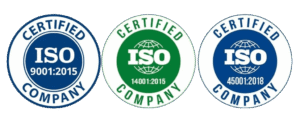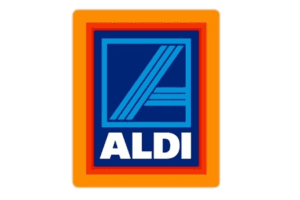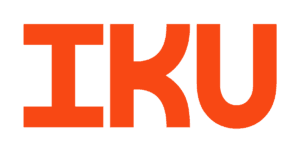Workplace safety is a priority in every industry, especially in high-risk environments like construction, warehousing, and logistics. One of the simplest yet most effective tools to prevent accidents is the high-visibility safety vest. These vests enhance worker visibility, improve communication, and reinforce a culture of safety.
In this guide, we’ll explore how safety vests contribute to accident prevention, highlight common PPE mistakes, and provide practical tips for choosing the right vest for your team.
Why High-Visibility Safety Vests Matter
High-visibility safety vests are designed to make workers more noticeable in any environment, day or night. Their bright colors—typically neon yellow or orange—combined with reflective strips, ensure that individuals stand out against busy, potentially hazardous backgrounds.
Key benefits include:
- Enhanced Visibility: Workers are easily seen by drivers, machine operators, and colleagues.
- Accident Prevention: Clear visibility reduces the risk of collisions and injuries.
- Compliance with Safety Standards: Many industries mandate high-visibility clothing to meet regulatory requirements.
Common PPE Mistakes to Avoid
Even with proper vests, improper use of PPE can reduce effectiveness. Some common PPE mistakes include:
- Wearing the Wrong Type: Using a vest without adequate reflective material for nighttime or low-light conditions.
- Poor Fit: Oversized or tight vests can interfere with mobility and comfort.
- Neglecting Maintenance: Worn, faded, or dirty vests lose visibility and should be replaced regularly.
- Inconsistent Use: Employees forgetting to wear vests in critical areas increases risk.
For more details on common errors and how to prevent them, see Carewell’s guide on Common PPE Mistakes.
Choosing the Right Safety Vest
When selecting high-visibility safety vests, consider:
- Material: Lightweight, breathable fabrics increase comfort for long shifts.
- Visibility Standards: Ensure compliance with Australian Standards (AS/NZS 4602.1:2011).
- Features: Pockets, adjustable straps, and reflective patterns can improve usability.
- Customisation: Add company logos or branding without compromising safety.
Carewell offers a variety of high-quality safety vests suitable for different workplace environments.
Best Practices for Workplace Safety
- Conduct regular PPE training and refreshers.
- Schedule inspections to check for damaged or faded vests.
- Encourage a culture where safety gear is respected and worn consistently.
- Combine high-visibility vests with other PPE like helmets, gloves, and protective footwear.
Final Thoughts
High-visibility safety vests are a small investment with a huge impact. By increasing visibility, reducing accidents, and promoting proper PPE usage, these vests play a crucial role in workplace safety. Pair them with proper training and maintenance to create a safer, more productive environment for all employees.
Carewell Group Pty Ltd
Unit 27/191, McCredie Road, Smithfield, NSW 2164
Phone: +61 0477 123 699
Email: sales@carewellgroup.com.au | info@carewellgroup.com.au | logistics@carewellgroup.com.au










